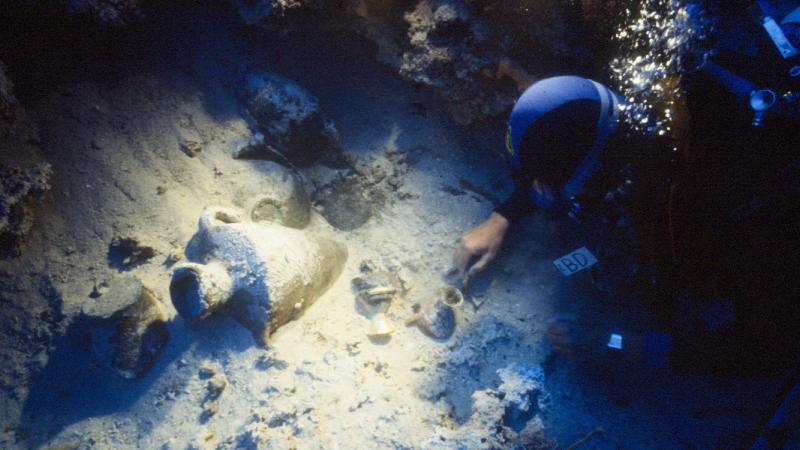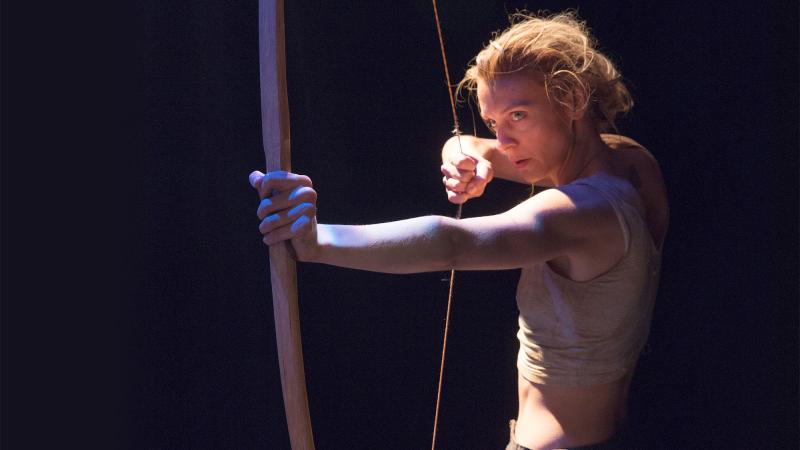The Xiangtangshan caves were once home to some of the most impressive Buddhist shrines of medieval China. Carved into the limestone mountains of Hebei province during the Northern Qi dynasty (500–577 CE), they contained masterfully rendered statues of Buddhas, Bodhisattvas, nature spirits, and demons set among floral reliefs and sutra engravings. In form and nuance, the figures reflected a time of remarkably free-flowing cultural exchange in northern China and the importance of Xiangtangshan as a locus of Buddhist faith.
Beginning around 1910, however, the shrines suffered extensive damage. Looters, feeding a burgeoning market for Chinese art in the West, dismantled the shrines and sold them, piece by piece, overseas. Sometimes they absconded with entire statues; often, they chiseled off the figures’ heads and hands. By 1914, the Burlington Magazine for Connoisseurs lamented the widespread depletion of China’s rock-hewn temples: “a pitiful devastation has overtaken these wonderful treasure caves of Buddhist art, and after the recent onslaughts of the sculpture-hunter and the bandits who cater for him, headless trunks and disjecta membra compose the chief part of what remains.” Worse still for anyone wishing to see or study the artifacts, the process left the works homeless, languishing unidentified in museums and private collections around the world.
Enter Katherine R. Tsiang and the Center for the Art of East Asia at the University of Chicago. Tsiang first saw what was left of the caves while traveling in China in the 1980s; made them the subject of her doctoral dissertation in the 1990s; and, finally, in the mid 2000s, as associate director of the Center, began to hunt down and document the missing statuary.
With $309,995 from NEH and a small team of researchers and imaging specialists, Tsiang spent six years traveling the U.S., Europe, and Japan, photographing and laser-scanning whatever likely candidates they found (almost 100, all told). By partnering with Peking University and the Fengfeng Office for the Protection and Management of Cultural Properties, they also managed to obtain laser scans of the caves’ interiors. Bringing the scanned fragments and caves together was like solving a ruined puzzle: some pieces aligned perfectly with gaps left behind, while others could be placed only by the subtleties of their aesthetics.
Tsiang and her team finished their search in 2010, 100 years after the looting began. Their work culminated in a minutely detailed set of 3-D image data and the exhibition at the Smart Museum in Chicago “Echoes of the Past” that comprised 31 pieces of Xiangtangshan sculpture, media displays, and an immersive 3-D environment representing one of the original halls. A version of the exhibition then traveled to other venues in the U.S.
Merging the most traditional practices of art history with 21st-century imaging technology, Tsiang and her team opened an extraordinary window onto the devotional art of sixth-century China and its relationship to the broader history of Buddhism (itself illuminated by a variety of other NEH-funded projects, ranging from the first annotated English translation of the Guhyasamaja Tantra to David Grubin’s PBS documentary The Buddha). The exhibition has closed, but thanks to the forward-thinking work of the scholars involved, the window for further research remains open.
Written by James Williford, a writer in Washington, D.C.


